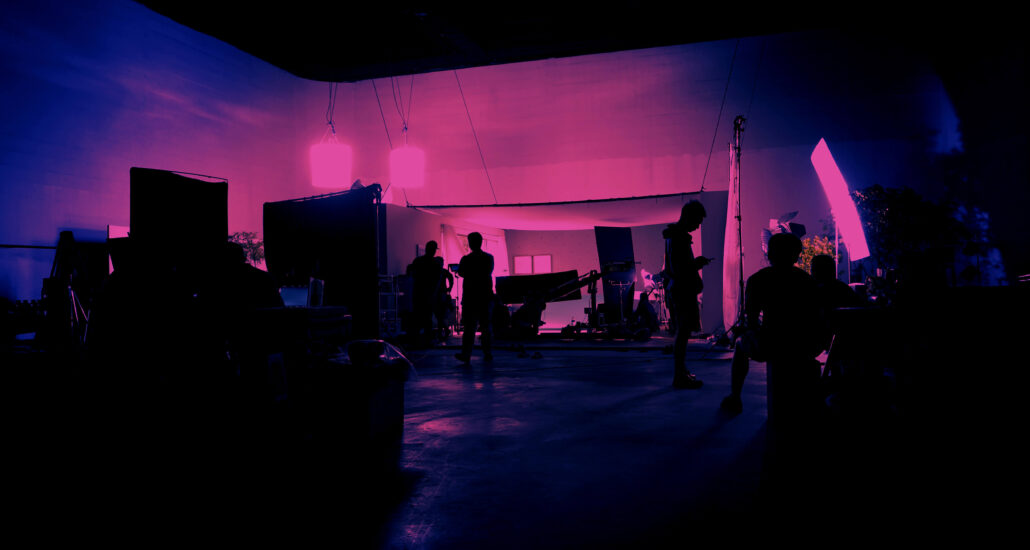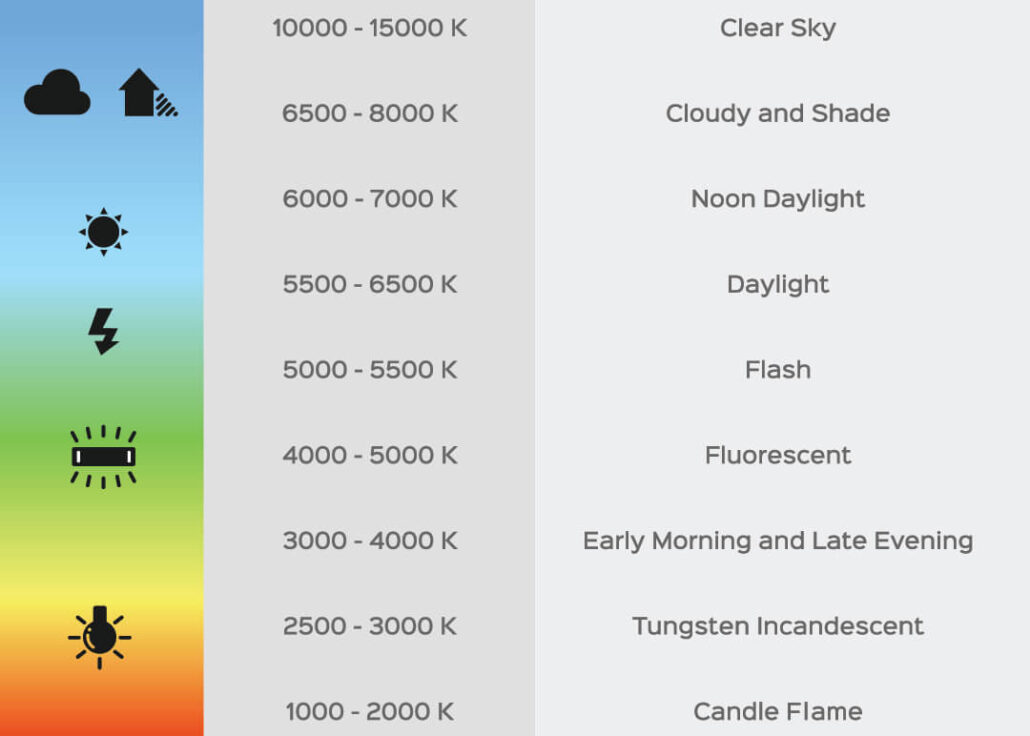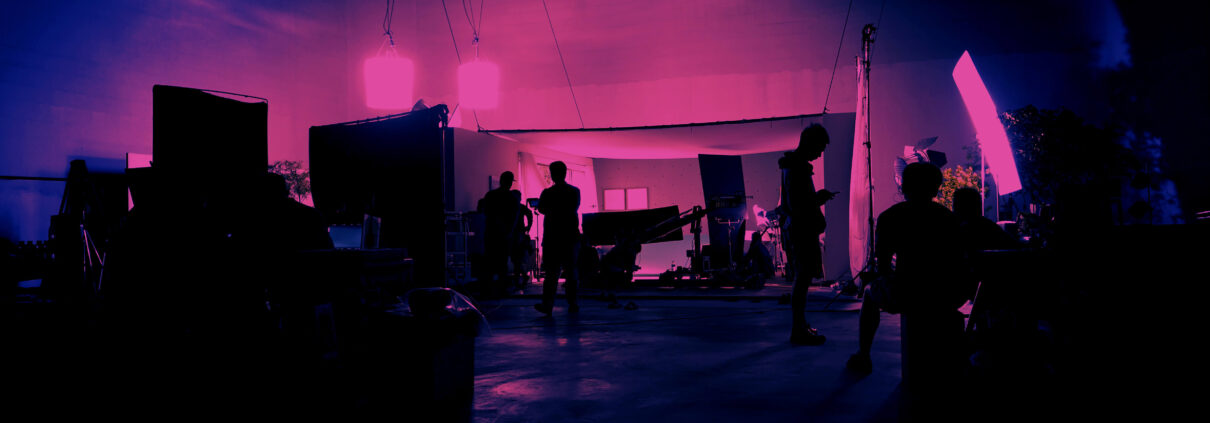Are you interested in creating professional videos and not sure where to start? This guide is here to help you! Apart from nice equipment, you need to learn some basic tricks, and once they are polished you will automatically use them as a routine in your creativeness. You will be introduced to valuable guidelines of film shooting that should be useful for a videographer of any level. So do not hesitate and show the world your achievements!
Pre-Production Process
Any pre-production process starts with deciding on the key points that should be thought through and organised in a plan. We are going to describe the important elements of this scheme.
Firstly, you should know what kind of audience will watch your content. Depending on the type of people who are going to consume your creativity, you will decide what style, speed or length of your video is supposed to be.

Secondly, you set a goal. You need to answer the question: “What will be achieved with your video?” If you deal with sales or marketing, then it might be wariness, reflection, acquiring or reservation. The best way to finish video is to use the call-to-action method. For example, if it’s wariness that you are using then you can offer the viewers to subscribe to your news, or to contact members of your staff should you use a reflection stage.
Then you decide on how your achievements will be measured. There are some key elements you’d better rely on while making your videos:
- Extend – a number of people served;
- Rate of watching and playing;
- Approximately how long your video is watched;
- Number of individuals who received your call-to-action;
- Reaction of people – via comments, shares, likes, etc.
After that, you think of a message you are going to deliver. Ideally, during the first thirty seconds you catch the audience’s attention, play a scene and address your message.
In addition, you will need to consider the following aspects:
- Type of a video (e.g. tutorial, speaking to camera, an interview etc)
- Location – where you are going to shoot your film
- Equipment (cameras, microphones, power banks or cables, lights etc)
After all, you write a script. What will be there depends on the format of your video. For instance, if it is an interview, there should be some talking points or if it’s going to be a visual, then write down suggestions for music, scenes, background text etc.
Pre Production Strict Plan is a Must
When you prepare the strategy on shooting any music video or a short film, you will enjoy more freedom when it comes to planning the entire shoot, right from the beginning to the end. If you want to conduct a professional-level shoot, develop your own storyboard that includes your scenes’ illustrations sequentially. If you follow these recommendations, it will be possible for you to previz the result by describing the shots you wish to appear. Moreover, before you start filming, it may assist you in controlling the ideal time of each day to shoot, your ideal venues and appropriate cameras that should be used.
Lighting for Video Shooting
In order to create professional-looking videos, the key is the use of good light to assist you with your storytelling.Make sure that you decide the kinds of lights you require as well as their respective positions for achieving the desired effects. If you are operating on a strict budget and are stuck working with the lights you already have, such as lamps and the sun, it is important to think about how you can leverage them seamlessly for each of the scenes.
Background for Video
Do not shoot your footage wherever possible. Instead, try to use a simple background or enhance your location by decluttering it. People often make use of backgrounds with solid colors, such as a wall, a bedsheet, or backdrop paper, and the subject is placed in some distance from the background to avoid any kind of shadows.
Essentially, the priority must be to mitigate components that will clutter the scene and direct the audience’s attention away from the characters. Do note that sometimes, a few themes and storylines require the use of clutter in a few shots. However, try to pay attention to your videography techniques by sticking to the basics before you begin experimenting.
Enhance the Composition
Professionals find it very easy to determine if a video was shot by an amateur within the first few seconds of a video, even when the gear used was top-notch. How so? Essentially, the absence of proper composition shines light upon the lack of skills behind the camera.
Unfortunately, novices in the field do not understand that cinematography and videography are not just about pointing the camera at the subject and clicking on the record button. You are required to organize visual components and enable them to narrate a story while you tune the framing of your camera to augment the aesthetic feel of the shot.

One crucial rule under composition and framing is the Rule of Thirds, wherein the subject’s head is placed a little higher in the frame, instead of the center, which allows them breathing space visually and adequate walking space if they turn towards the sides. One more interesting shot involves shooting a scene over-the-shoulder while maintaining a foreground and a background to ensure there is adequate depth in the shot.
Monitor Appropriate Camera Placement
Another common mistake made by beginners is that they essentially do not look at how the scene is being affected by the focal length of the lens and the relative distance of the camera from the subject. When it comes to close-up shots, do not position your camera at a position that is extremely close to your subject since it can result in unattractive facial distortions, making it particularly difficult to crop the edges out. Instead, try to position your camera at least a couple of feet away and use the zoom feature of your camera to get a better shot.
Leverage Manual Focus
Although it is easier to rely on your camera’s autofocus feature, the shot may eventually get ruined as the camera focuses in and out, as it attempts to find your subject in scenes with poor lighting. Instead, make use of the exposure/focus lock on your smartphone or use manual focus on your camera, which will allow you to determine the focus on your own.
When the focus is set by you, you also enjoy the liberty of incorporating some really nice effects in your video, including the use of the rack focus technique, which allows you to focus on various objects in a consecutive manner, using a shallow depth of field that tends to blur out everything else. This will attract the attention of your viewers. If you use it appropriately, it functions as a potent tool.
Remember to Determine Your White Balance
Several professionals find it difficult to tune both temperature and color correction. In case you are using multiple cameras simultaneously for a scene, the cameras can exhibit different default color temperatures. Needless to say, the changes in the tone of the scene from blue to yellow and back to blue will function as a distraction for the viewers.

Thus, always set the white balances on every camera you plan to use before you begin filming to ensure a consistent output. As a result, the editing process will be accelerated, mitigating expenses associated with post-production.
Expose Scenes Evenly
When you use several cameras to shoot a scene, one more issue that you may face is that the exposure may be different in different scenes. Moreover, in the same scene, one camera’s shots may look darker than the other’s. Hence, always ensure that the same exposure settings are set on all your cameras, including your frame rate, ISO levels, and aperture. This is also the reason why cine lenses come with t-stops, denoting exact aperture values, as opposed to the theoretical f-stop values that general photography lenses showcase.
Time Your Shots
Ensure the length of each shot remains between five to ten seconds. This will keep your viewers’ attention intact. Moreover, you must try and allow your shots to remain steady for a minimum of 10 seconds. That is, do not pan or zoom before this period. People who are just starting out in the industry will learn that these tips are great to mitigate unnecessary camera movements while also allowing the sequences to remain simple during the post-production phase.
Conclusion
If you go go further with the your videos, study this guide to 50 video marketing tools. The process of video production contains lots of issues, which a professional company can easily deal with. Our team produces videos of high quality. Along with large companies and businesses, we work with small startups and sole entrepreneurs as well. Our crew includes acknowledged professionals who will be able to promote your content and other products at a very high level. Our brains are sharp and nimble, we are always developing in various directions and looking for the ways to improve our results. We are committed to bringing the best results for our clients who are all valuable to us without any exceptions!



